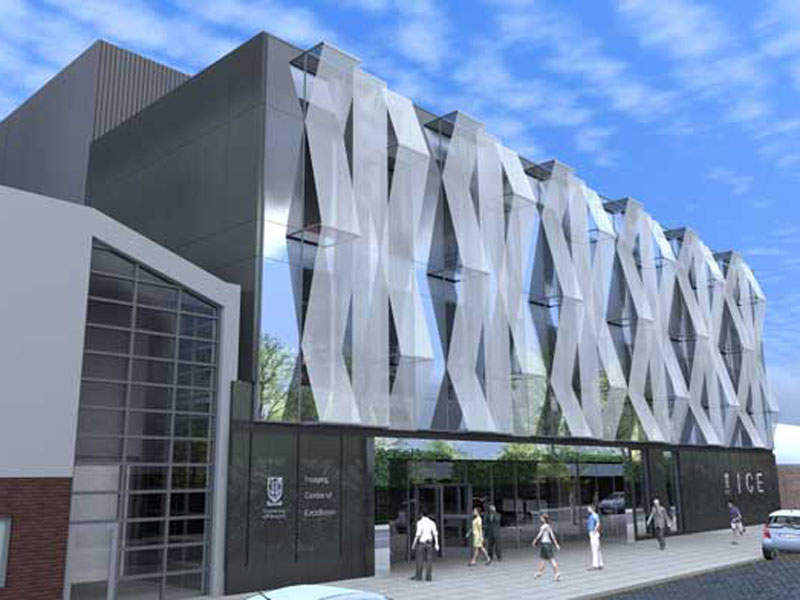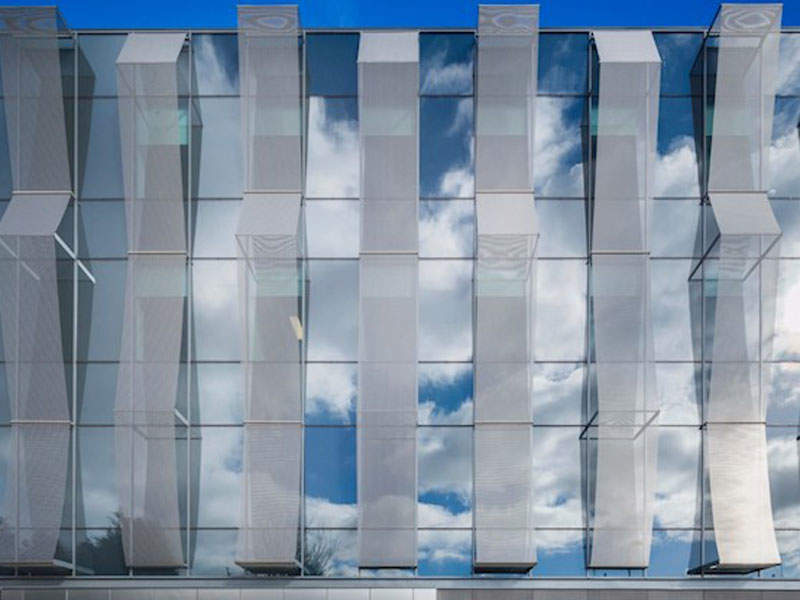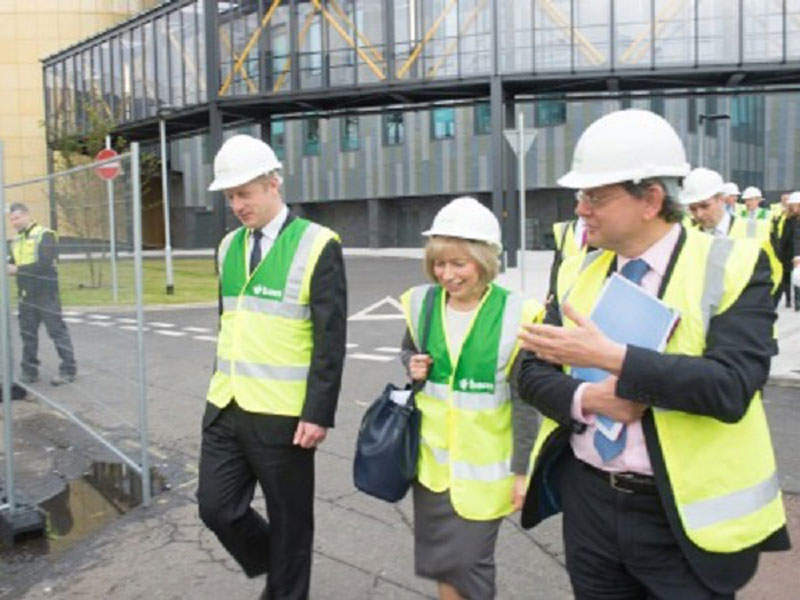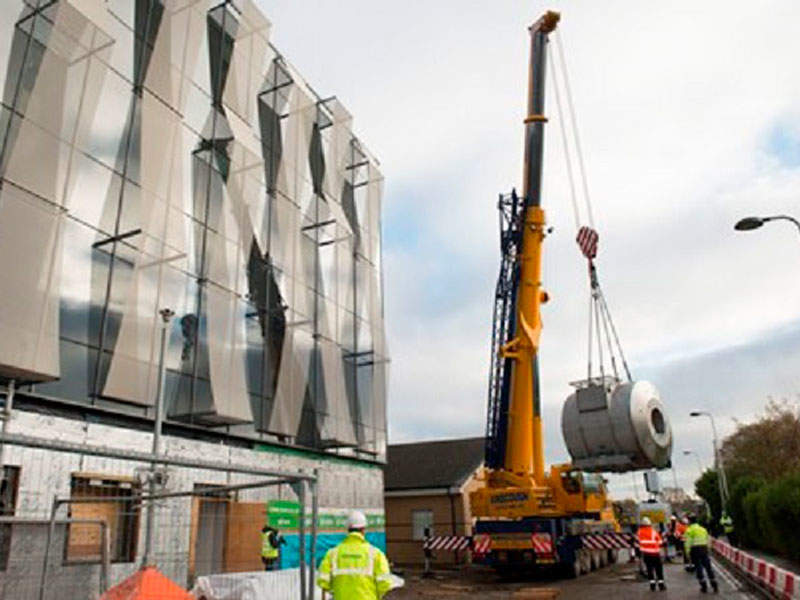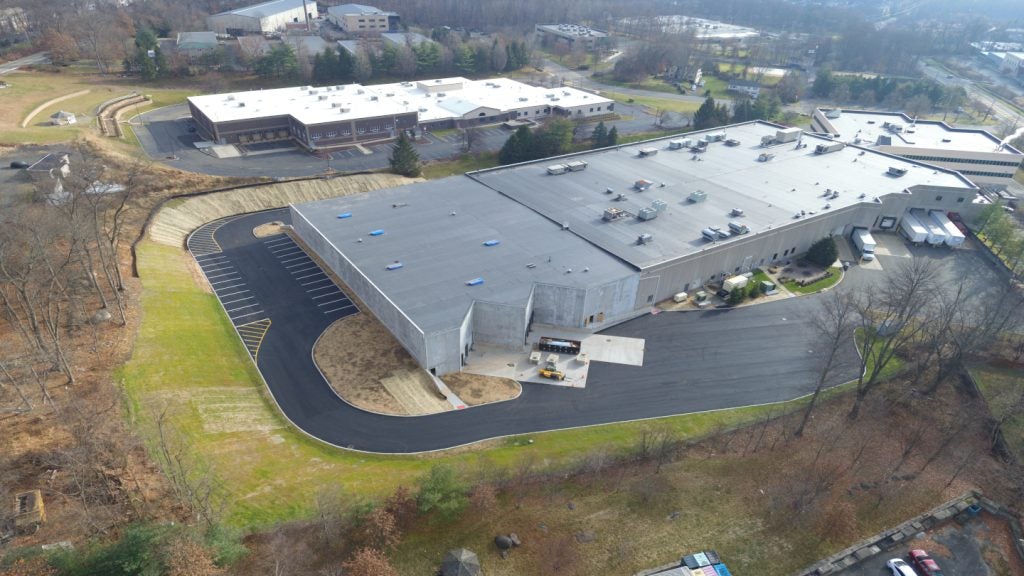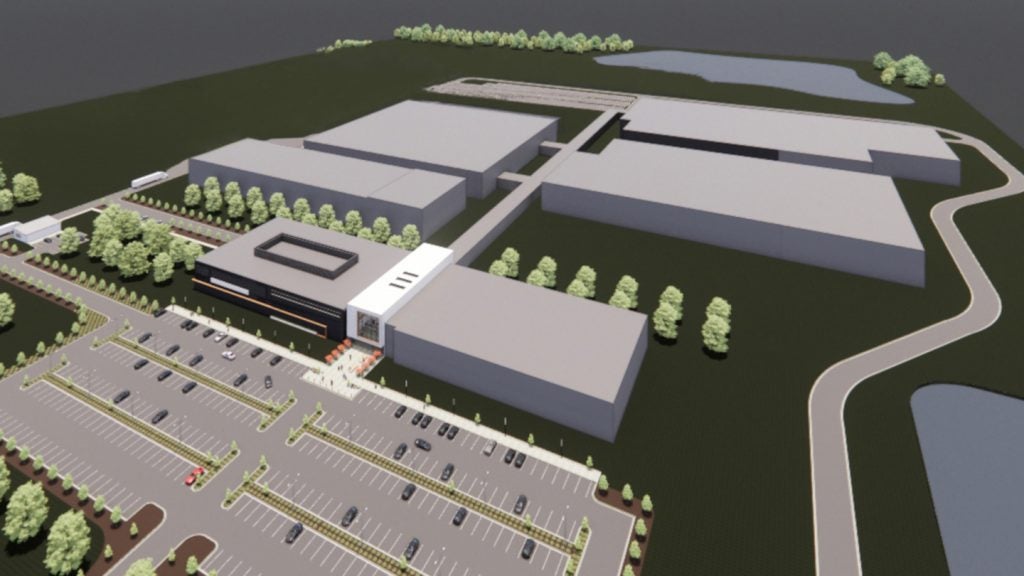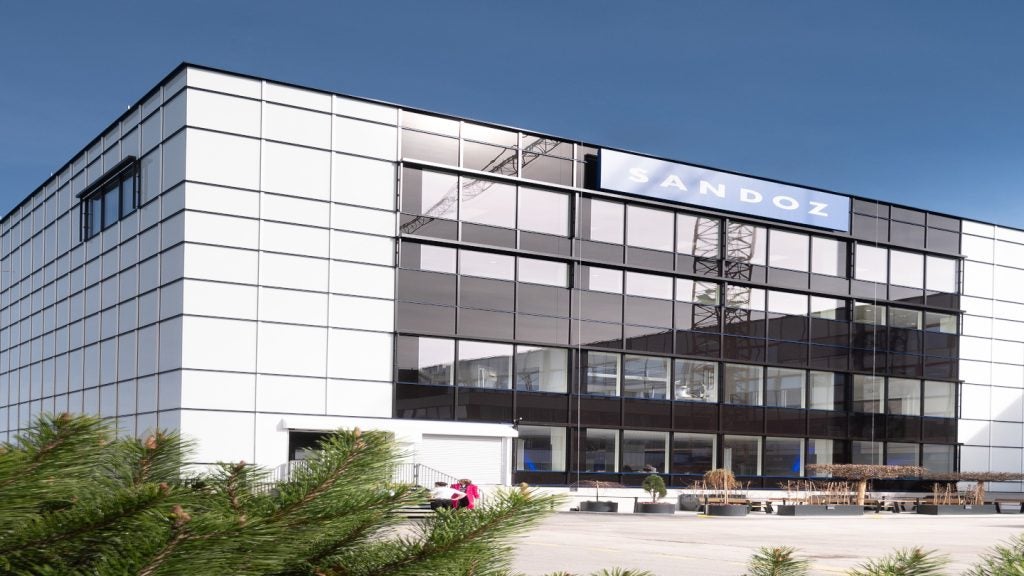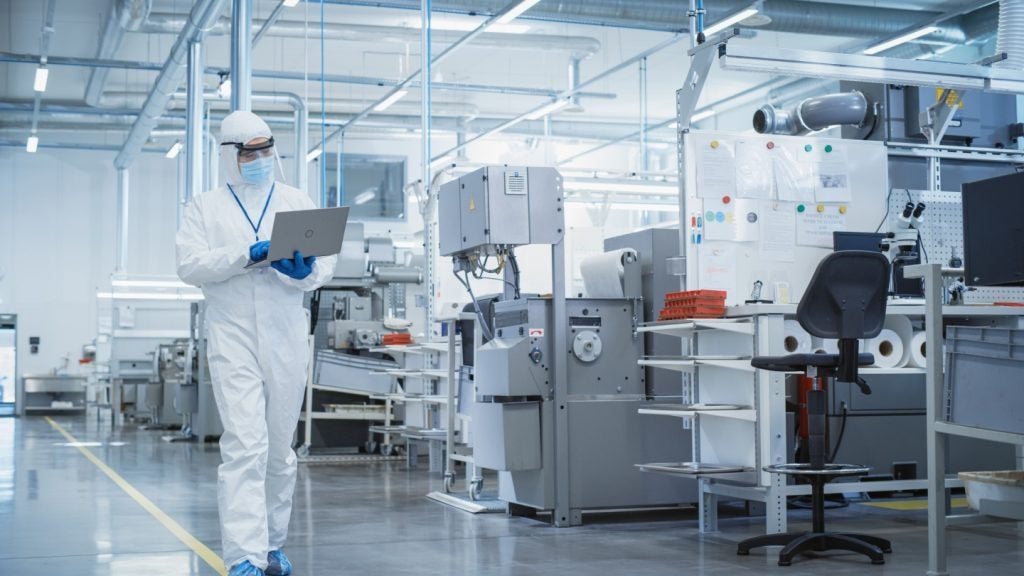In March 2017, the Imaging Centre of Excellence (ICE) at the Queen Elizabeth University Hospital (QEUH) in Scotland was inaugurated.
The facility was developed by NHS Greater Glasgow and Clyde (NHSGGC) and the University of Glasgow at a cost of £32m ($39.85m). It has supporting research facilities for clinical and academic experts to carry out research for precision medicine.
The research facility is expected to create 396 jobs and contribute £88m ($1.09bn) to the local economy.
Details of the Imaging Centre of Excellence
The ICE at QEUH is a five-storey building with an 11,000ft² total floor space. It has added another 11,000ft² to the university’s existing clinical innovation zone (CIZ), located at the Queen Elizabeth Teaching and Learning Centre.
The ground floor houses a 17.5t 7-Tesla clinical magnetic resonance imaging (MRI) scanner, which helps academic imaging specialists carry out research. It gives researchers an opportunity to know more about brain conditions, including stroke, dementia, brain tumours, Parkinson’s, epilepsy and multiple sclerosis.
The facility also includes 320 slice/large detector computed tomography (CT) scanners. There are four neurosurgery theatres on the ICE building’s first floor.
The ICE was built to achieve a ‘very good’ rating using the Building Research Establishment Environmental Assessment Method (BREEAM).
Research activities at the ICE building
The ICE building is connected to the Stratified Medicine Scotland Innovation Centre (SMS-IC), the UK Precision Medicine Catapult and clinical research facilities for better clinical collaboration.
The facility offers sophisticated research laboratories for clinical academics, medical physicists, engineers and neuroscientists. It also provides direct employment opportunities for 260 people, including 40 clinical staff, 100 researchers and a further 120 industry positions.
Construction details of the ICE building
A ground-breaking ceremony for the facility’s construction was held in October 2015. The project involved dismantling the former clinical building.
A topping-out ceremony for the building was held in July 2016. The Tesla MRI scanner was delivered in November 2016.
Contractors involved with the ICE
BMJ Architects was selected to design the ICE building, while BAM Construction was hired as construction contractor for the facility.
SCS Construction was sub-contracted to complete the interior fitting of the building and BHC was selected as the structural steelwork contractor.
Currie and Brown Manager acted as the project manager, Building III as cost consultant, and New Acoustics as acoustician.
Arup and Arup Fire provided civil and structural services respectively, while Hulley and Kirkwood offered building services.
Midland Lead supplied radiation shielding including lead-lined plasterboard and plywood pattress panels for the facility.
CMS Window Systems was contracted to provide the facility’s glazing and facade in April 2017.
Financing for the Imaging Centre of Excellence
The imaging facility was completed with a£32m ($39.85m) investment. The UK Government contributed £16m ($19.92m) for construction.
The MRI and CT scanners at the facility were installed with a £10m ($12.45m) contribution from the UK Research Partnership Investment Fund (UKRPIF), £3.5m ($4.35m) from the Sackler Trust and the Dr Mortimer and Theresa Sackler Foundation, £2.3m ($2.86m) from the European Regional Development Funding (ERDF), and £800,000 ($996,272) from the Wolfson Foundation.

